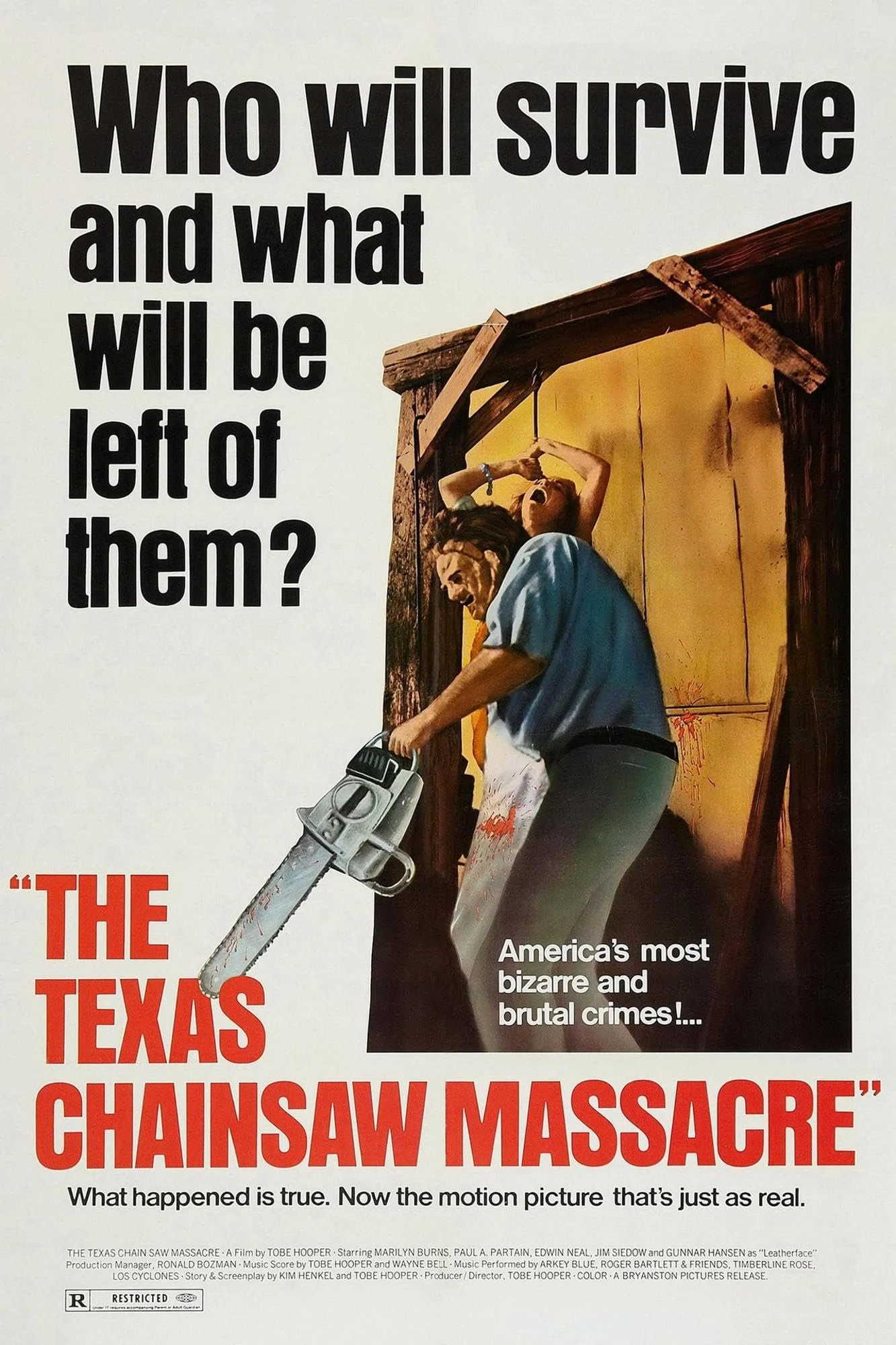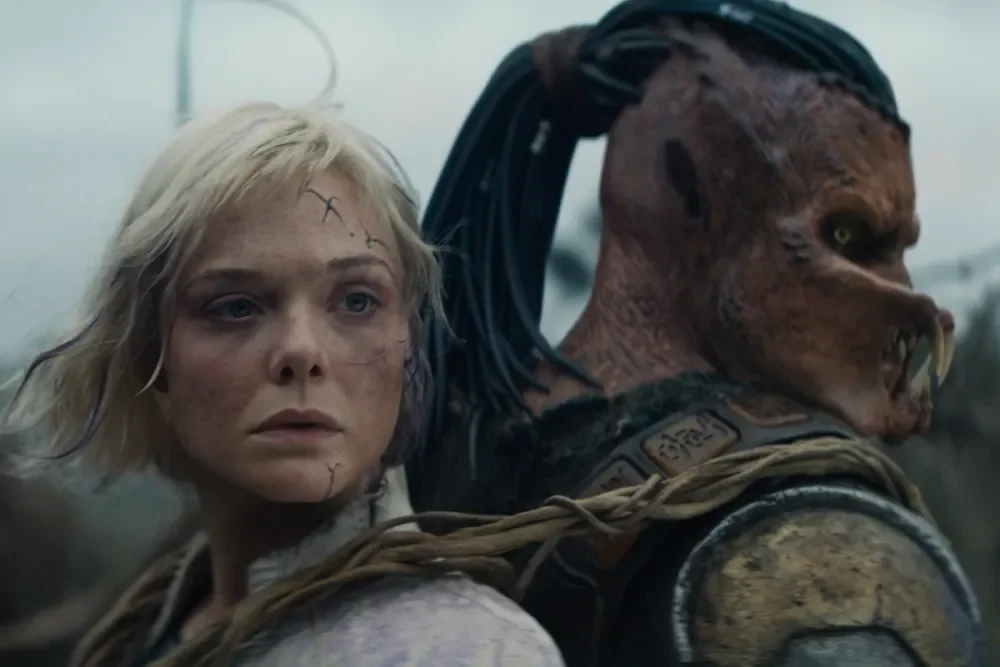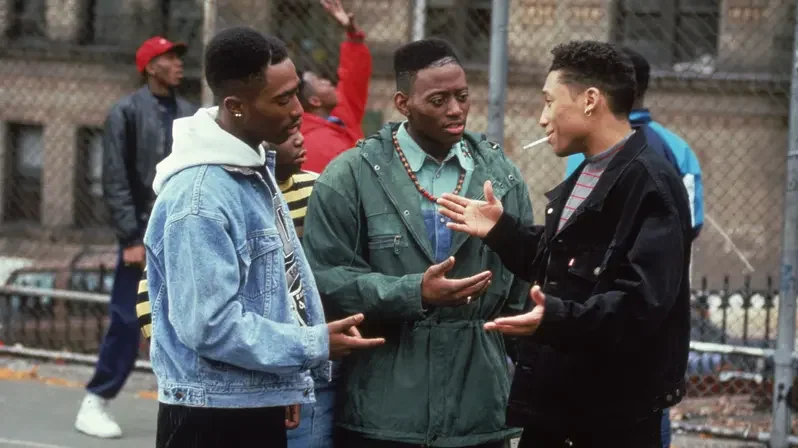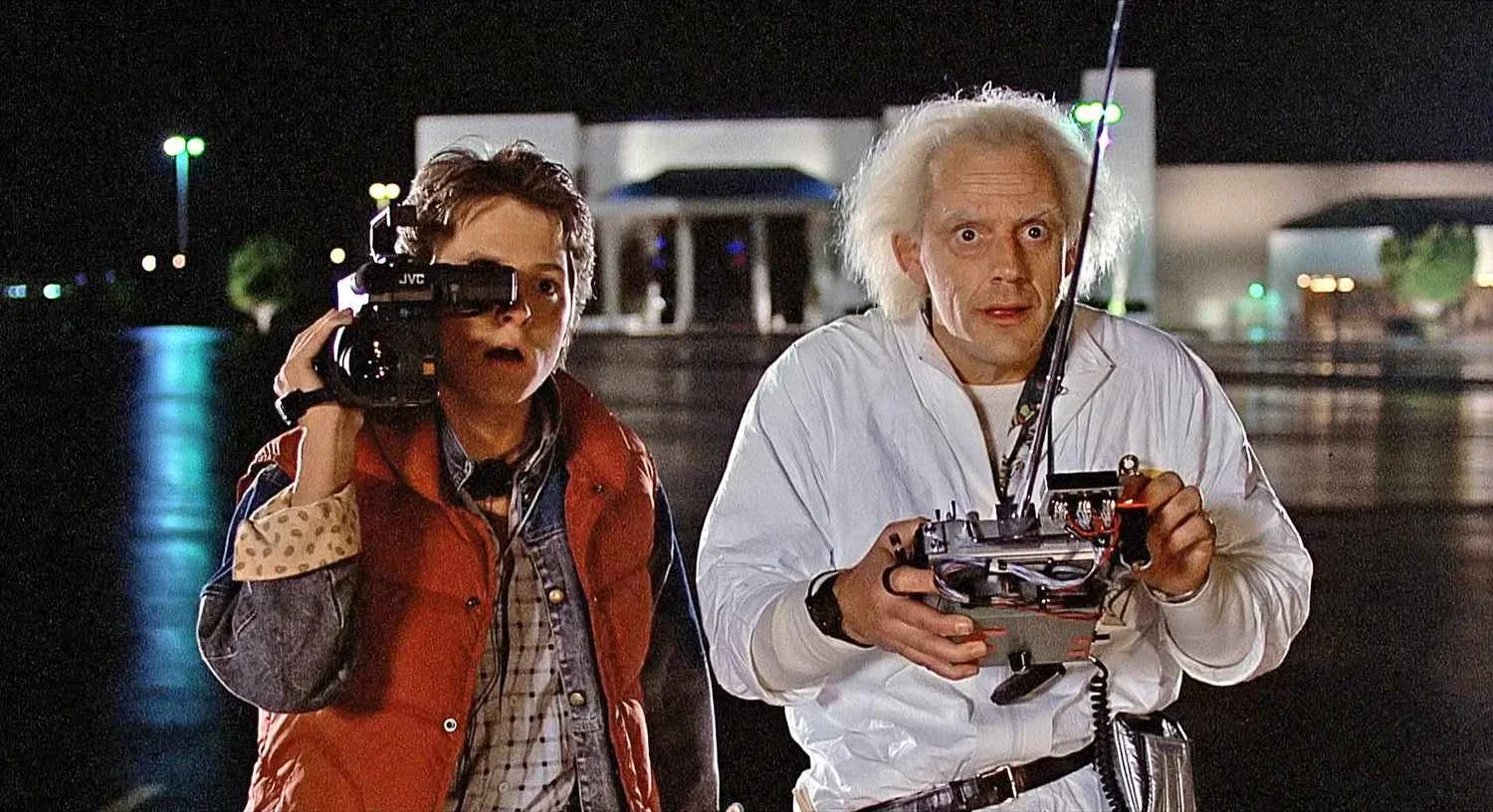The Texas Chainsaw Massacre
(Tobe Hooper, 1974)
⭐️⭐️⭐️⭐️ 1/2
“An idyllic summer afternoon drive became a nightmare.”
This line is part of the text and voice over the audience is presented at the beginning of “The Texas Chain Massacre”, Tobe Hooper’s 1974 horror classic. While the rest of the text and subsequent radio news brief handles the necessary exposition in terms of establishing the film’s specific setting, this line says everything the audience needs to know from a general perspective. “The Texas Chain Saw Massacre” is all about how normalcy can descend into chaos. It is about how something as simple as a random ride in the country can result in one of the most horrifying experiences possible. The worst possible things happening in the most banal of circumstances is why “The Texas Chain Saw Massacre” will forever be a horror classic and a film that will continue to influences so many others in the horror genre.
“The Texas Chain Saw Massacre” follows the actions of Sally (Marilyn Burns), Jerry (Allen Danzinger), Kirk (William Vail), Pam (Teri McMin), and Sally’s paraplegic brother Franklin (Paul A. Partin). The group rides into the Texas countryside and stops at a cemetery to examine the grave of Sally and Franklin’s grandfather. The film quickly establishes that a grave robber has disturbed several corpses in the area and has left incredibly disturbing evidence of their work. Once the cemetery inspection is complete, the group continues onward to a home once owned by Sally and Franklin’s family. It is during this journey where they pick up and drop off a deranged hitchhiker (Edwin Neal) near an old slaughterhouse and meet the proprietor of a local gas station (Jim Siedow).
After reaching the old family home, Kirk and Pam visit a swimming hole and happen upon another old house in the area. Disturbing animal remains are found in the house, and This is where the nightmare of the film truly begins. The two are soon fatally introduced to Leatherface (Gunnar Hansen), a large and monstrous individual with a murderous streak. The film then follows a pattern that many horror films to come would follow as the remaining members of the group fall victim to Leatherface’s violence. Sally remains the last one standing, the film’s final girl, and soon has to endure an even bigger nightmare as she tries to survive a horrific ordeal with Leatherface and his family, the hitchhiker and the proprietor of the gas station.
What makes “The Texas Chain Saw Massacre” so effective is Hooper’s knowledge of and ability to let the audience know that rural American can be absolutely terrifying. Where people see an idyllic summer afternoon, Hooper sees an opportunity to pull back the facade and explore a dark and ugly truth. Some of the worst possible things can happen in the vastness and openness of rural America. Behind the closed doors of those quaint little country homes in the flat and sun-drenched Texas countryside can lie unspeakable horror, depravity, and menace. This is explored right at the beginning of the film with the horrifying imagery at the desecrated graveyard and is continued throughout the brisk 83 minute runtime. Tobe Hooper’s America has a dark and grim underbelly. It is something that was evident in 1974, and it something that remains evident to this day.
The beautiful documentary-style cinematography on display from Daniel Pearl also contributes to Hooper’s exploration of fear and terror in small town America. The gorgeous daylight shots, capturing the flat but picturesque Texas landscape, are in such contrast to the grizzly and brutal imagery on displace once the audience gets to see what’s on the other door of Leatherface’s home. The film’s iconic final shots, bathed in sun but soaked in sheer terror, are the crowning achievement of Pearl’s work. There is such a beauty to things in the end of the film, especially after having to experience such a tense and uneasy final act. Sally’s panic fueled laughter could easily mirror laughs of the audience witnessing the events on the screen.
The tension and uneasiness are the other elements that make “The Texas Chain Saw Massacre” an effective and iconic horror film. The film’s atmosphere is one of pure terror. We can see how the Texas heat establishes the uneasiness the group of friends experience while riding in the van. That uneasiness escalates once they pick up the hitchhiker, who quickly displays rather disturbing behavior. The tension intensifies from that point. Leatherface’s murders come quick and seemingly out of nowhere, especially the first. The audience does not get a chance to breathe as there is no telling what might be around the corner. When Sally becomes the final girl, the tension and uneasiness reach a new and incredibly uncomfortable level. Sally and the audience are put through hell as Leatheface’s family torments her with an unrelenting chase and macabre “dinner” scene. The decor, the atmosphere, and the prior events of the film all merge to establish genuinely frightening and chilling moments. What Hooper puts on the screen is the stuff of nightmares, and it is why “The Texas Chain Saw Massacre” is regarded as such a classic.
While lesser imitators in the form of direct sequels and slasher films in general came in its wake, nothing has come close to capturing the dread of “The Texas Chain Saw Massacre”. The film really is one of a kind. It effectively captures the terror that could be out in any idyllic setting and cranks up the intensity to incredibly uncomfortable levels. It is a masterpiece of the horror genre and a film that will forever stand the test of time.
This review is part of my From the Vault series showcasing movies of the past I have decided to visit or revisit and review.





Kirk being forced from multiple directions to deal with his own mortality and the mortality of those he loves after a career of cheating death and the no-win situation is what makes this the best of Star Trek.